Heating Pad for Restless Leg Syndrome: Find the Best Relief Now
Toss and turn all night? You're not alone. Millions struggle with restless leg syndrome (RLS), that creepy-crawly feeling that makes you want to jump out of your skin. But fear not, relief is within reach.
This guide explores the causes of RLS, common symptoms, and, most importantly, effective solutions for getting back to sleep.
What is Restless Leg Syndrome?
Restless Leg Syndrome (RLS) is a neurological disorder. It's not just having fidgety legs. We're talking about an irresistible urge to move your legs. This often comes with uncomfortable sensations. Think itching, pulling, throbbing, or even a creepy-crawly feeling. It’s like having an itch you just can’t scratch.
These sensations usually get worse when you're resting or inactive. Sitting for a long time? Trying to sleep? That's when RLS likes to rear its ugly head. Moving around gives temporary relief. But as soon as you stop, the sensations often return. This cycle can make it incredibly difficult to fall asleep or stay asleep.
RLS can affect anyone, but it's more common in women and older adults. While the exact cause isn't fully known (more on that later), we do know it involves problems with brain chemicals that control movement.

Symptoms of Restless Leg Syndrome
Knowing what RLS feels like is key to identifying it. Here are the main symptoms to watch for:
-
An irresistible urge to move your legs: This is the hallmark symptom. It's not just fidgeting or feeling restless. It's a strong, almost compulsive need to move.
-
Uncomfortable sensations in the legs: These sensations are often described as itching, crawling, pulling, throbbing, aching, or even electric shocks. It's not usually pain, but it's definitely not pleasant.
-
Symptoms worsen during periods of rest or inactivity: This is a big one. Sitting, lying down, or trying to relax often triggers or intensifies the symptoms. This makes long car rides, movies, or even just sitting at a desk a real challenge.
-
Symptoms improve with movement: Walking, stretching, or even just shifting your legs usually provides temporary relief. This is why people with RLS often pace or constantly shift positions.
-
Symptoms are worse in the evening or at night: This is why RLS can seriously disrupt sleep. The symptoms often peak in the late evening or early night, making it hard to fall asleep and stay asleep.

📌 It's important to note:
-
Symptoms can vary in severity. Some people have mild symptoms that are just a minor annoyance. Others experience severe symptoms that significantly impact their quality of life.
-
RLS can sometimes affect the arms as well, though this is less common.
-
These symptoms are not the same as leg cramps or muscle aches after exercise. RLS sensations are unique and have a specific pattern of worsening with rest and improving with movement.
What Causes Restless Leg Syndrome?
Pinpointing the exact cause of RLS can be tricky. It's often a combination of factors, not just one single thing. We know it involves the nervous system and how your brain communicates with your muscles. Let's break down some of the main contributing factors:

-
Genetics: RLS often runs in families. If you have a close relative with RLS, you're more likely to develop it yourself. This suggests a strong genetic component.
-
Iron Deficiency: Low iron levels can play a role. Iron helps produce dopamine, a neurotransmitter that helps control muscle movement. When iron is low, dopamine production can be affected, potentially contributing to RLS symptoms. A simple blood test can check your iron levels.
-
Brain Chemistry (Neurotransmitters): As mentioned, dopamine is key. Problems with how your body uses dopamine can disrupt nerve signals to the muscles, leading to RLS.
-
Chronic Diseases: Certain health conditions can increase your risk of RLS. These include:
-
Kidney disease
-
Peripheral neuropathy (nerve damage)
-
Diabetes
-
-
Pregnancy: Hormonal changes among pregnant women, especially in the third trimester, can sometimes trigger or worsen RLS symptoms. These symptoms usually resolve after delivery.
-
Medications: Some medications, such as certain antidepressants, antihistamines, and anti-nausea drugs, can sometimes trigger RLS symptoms as a side effect. If you suspect your medication might be a factor, talk to your doctor.
It's important to remember that these are contributing factors. Not everyone with low iron or a family history of RLS will develop the condition. It's often a combination of these factors that leads to the development of RLS.
Finding Relief: How to Manage Restless Leg Syndrome
Dealing with RLS can be frustrating, but there are ways to manage the symptoms and improve your quality of life. We'll look at a combination of lifestyle changes, home remedies, and medical treatments.
Lifestyle Changes
-
Regular Exercise: Moderate exercise can help reduce RLS symptoms. Think walking, swimming, or cycling. Avoid strenuous exercise close to bedtime, as this can sometimes worsen symptoms.
-
Good Sleep Hygiene: Establishing enough sleep is important. Go to bed and wake up at the same time each day, even on weekends. Create a relaxing bedtime routine. A dark, quiet, and cool bedroom is best.
-
Avoid Triggers: Pay attention to what seems to worsen your symptoms. Common triggers include caffeine, alcohol, and nicotine. Try eliminating these from your diet to see if it makes a difference.
-
Stress Management: Stress can exacerbate RLS symptoms. Practice progressive muscle relaxation techniques like deep breathing, meditation, or yoga.

Home Remedies
-
Warm Baths or Showers: Soaking in a warm bath or taking a warm shower before bed can help relax your muscles and ease RLS symptoms.
-
Heating Pads: Applying heat to your legs can provide soothing relief. An electric heating pad or warm compress can target specific areas and provide consistent warmth.
-
Massage: Gently massaging your legs can help improve circulation and reduce muscle tension, which can ease RLS symptoms.
-
Stretching: Simple leg stretches before bed can also help. Focus on stretching your calves and hamstrings.

Medical Treatments
-
Iron Supplements: If low iron is a factor, your doctor may recommend iron supplements. Don't start taking iron supplements without consulting your doctor first.
-
Medications: There are several medications that can help manage RLS symptoms. These include:
-
Dopamine agonists
-
Alpha-2 agonists
-
Anticonvulsants
-
Pain relievers
-
It's crucial to talk to your doctor before starting any new medications. They can determine the best treatment plan for you based on your individual needs and medical history.

Does a Heating Pad Help Restless Leg Syndrome?
Yes, a heating pad can be a valuable tool for managing RLS symptoms. Heat therapy works by increasing blood flow to the affected area. This increased circulation can help relax muscles, reduce tension, and ease the uncomfortable sensations associated with RLS.
Here's how a heating pad can help:
-
Muscle Relaxation: Heat helps relax tight muscles, which can contribute to RLS discomfort. When muscles are relaxed, the urge to move can lessen.
-
Increased Blood Flow: Improved circulation brings more oxygen supply and nutrients to the muscles, which can help reduce inflammation and promote healing. This can ease those itchy, crawly sensations.
-
Reduced Nerve Sensitivity: Heat can help desensitize overactive nerve signals, minimizing the tingling or crawling sensations of RLS.
-
Sensory Distraction: The uncomfortable sensations of RLS can be distracting and bothersome. The soothing warmth of a heating pad provides a gentle, constant sensation that helps shift focus away from discomfort, promoting relaxation and ease.
-
Enhanced Sleep Quality: By reducing discomfort and promoting muscle relaxation, a heating pad can make it easier to fall asleep and stay asleep.
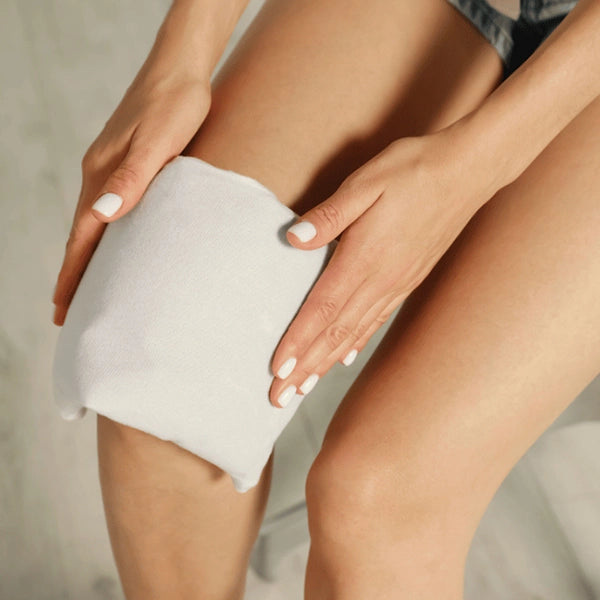
💡 Tips:
For effective relief, the Homlyns Weighted Heating Pad offers both heat therapy and deep pressure touch therapy, combining warmth with soothing weight for a calming experience. It’s an excellent choice for those seeking to manage RLS symptoms while also promoting relaxation and comfort.

Other Useful Tools for Restless Leg Syndrome
While a heating pad can be a powerful tool, it's not the only option for managing RLS symptoms. Here are some other strategies to consider:
-
Weighted blankets: These blankets apply gentle, deep pressure throughout your body, which can be very calming and promote relaxation. This can be helpful for managing RLS symptoms and improving sleep quality.
-
Compression socks: Mild to moderate compression in the legs can improve circulation and reduce discomfort associated with RLS.
-
Leg Massagers: A leg massager can promote circulation and reduce tension in the muscles, which may alleviate RLS discomfort. These devices often combine kneading, rolling, and vibration techniques to provide relief.
-
Foam Rollers: Foam rolling is a great self-massage technique to release muscle tightness, improve circulation, and ease RLS discomfort, especially when done before bed.
-
Essential Oils & Aromatherapy: Essential oils like lavender, peppermint, and chamomile can help reduce anxiety and discomfort associated with RLS. Using a diffuser or applying with a carrier oil can ease muscle tension and calm the nervous system.

Restless Leg Syndrome and Lower Back Pain
You might be wondering if RLS can cause lower back pain. While it's not a typical symptom of RLS, the discomfort from RLS in your legs can sometimes radiate to your lower back. This can be due to the interconnected nature of nerve pathways in the body. Here’s how RLS can relate to lower back issues:
-
Nerve Involvement: The nerves in the lower back (lumbar spine) play a role in transmitting signals to the legs. Compression or irritation of these nerves can contribute to or exacerbate RLS symptoms, leading to discomfort that extends to the lower back.
-
Muscle Tension: Continuous leg movements and the inability to relax may cause muscle tension, which can extend to the lower back, leading to discomfort or pain.
-
Sleep Disruption: The constant movement and discomfort associated with RLS can disrupt sleep, leading to overall body fatigue and lower back pain due to poor sleep posture or lack of support.
-
Associated Conditions: Conditions like sciatica, which affects the lower back and legs, can coexist with RLS, compounding the symptoms experienced in the lower back area.
Relief with Heat Therapy
Here, a product like the Weighted Heating Pad Designed for Neck, Shoulders, and Back can be a great option. It provides a combination of comforting heat therapy and gentle deep pressure that can target both your lower back and other areas of discomfort.

When to See a Doctor About Restless Leg Syndrome
While many people can manage RLS symptoms with lifestyle changes and home remedies, there are times when it's important to seek professional medical advice. Here are some situations where you should consider seeing a doctor:

-
Symptoms are severe and significantly impact your daily life: If RLS is making it difficult to sleep, work, or engage in social activities, it's time to talk to a doctor.
-
Home remedies aren't providing relief: If lifestyle changes and home treatments like heating pads aren't effectively managing your symptoms, a doctor can recommend other treatment options.
-
Symptoms appear suddenly or worsen rapidly: A sudden onset or making RLS symptom worse could indicate an underlying medical condition that needs to be addressed.
-
You suspect your medications are causing RLS: If you recently started a new medication and began experiencing RLS symptoms, talk to your doctor. They can determine if the medication is a contributing factor and explore alternative options.
-
You have other concerning symptoms: If you're experiencing other unusual symptoms along with RLS, such as numbness, tingling, or weakness in your extremities, it's important to see a doctor to rule out other potential conditions.
Soothe Your Legs, Reclaim Your Nights with Homlyns
Restless Leg Syndrome can be a real pain, but you don't have to suffer in silence. By understanding the symptoms, exploring different relief methods, and knowing when to seek professional help, you can take control and improve your quality of life. Remember, finding the right combination of strategies is key.
Here are the key takeaways:
-
RLS is a neurological condition causing an irresistible urge to move the legs.
-
Symptoms worsen during rest and improve with movement, often peaking at night.
-
Lifestyle changes, home remedies like heating pads, and medical treatments can help manage symptoms.
-
It's important to see a doctor if symptoms are severe or persistent.
For many, targeted heat therapy offers welcome relief. Homlyns understands the importance of comfort, and our heating pads are designed to provide soothing warmth right where you need it. Whether it's the Full Body Heating Pad for comprehensive leg coverage or the Weighted Heating Pad for Neck, Shoulders, and Back for added relaxation, Homlyns can be a valuable partner in your journey to better rest.
RLS FAQs
Can Restless Leg Syndrome Cause Anxiety?
Yes, RLS and anxiety can be connected. The constant discomfort and sleep disruption caused by RLS can contribute to feelings of anxiety, stress, and even depression. Conversely, anxiety can sometimes worsen RLS symptoms. It can become a bit of a cycle. Managing both conditions is important for overall well-being.
How to Help Restless Leg Syndrome During Pregnancy?
- Gentle exercise: Regular, low-impact exercise can help.
- Stretching: Focus on stretching your legs, especially your calves and hamstrings.
- Iron-rich diet: Ensure you're getting enough iron in your diet. Talk to your doctor before taking any supplements.
- Warm baths: Soaking in a warm bath before bed can be soothing.
- Leg massages: Gentle leg massages can improve circulation and ease discomfort.
- Talk to your doctor: Always consult your doctor before trying any new treatments or medications during pregnancy.
What Foods Should You Avoid with Restless Leg Syndrome?
- Caffeine: This stimulant can interfere with sleep and exacerbate RLS symptoms.
- Alcohol: Alcohol can also disrupt sleep and worsen RLS.
- Processed foods: These foods can be high in sodium and other additives that may contribute to inflammation and worsen RLS.
Keeping a food diary can help you identify any specific triggers.
How to Fall Asleep with Restless Legs?
- Establish a regular sleep schedule: Go to bed and wake up at the same time every day.
- Create a relaxing bedtime routine: This could include a warm bath, reading, or light stretching.
- Use a heating pad: Applying heat to your legs before bed can help relax muscles and ease discomfort.
- Get out of bed if you can't fall asleep: If you've been lying in bed for more than 20 minutes and can't fall asleep, get out of bed and do something relaxing until you feel tired.
- Consider sleep aids (with doctor's approval): In some severe cases, your doctor may recommend sleep aids to help you fall asleep.
Related Post




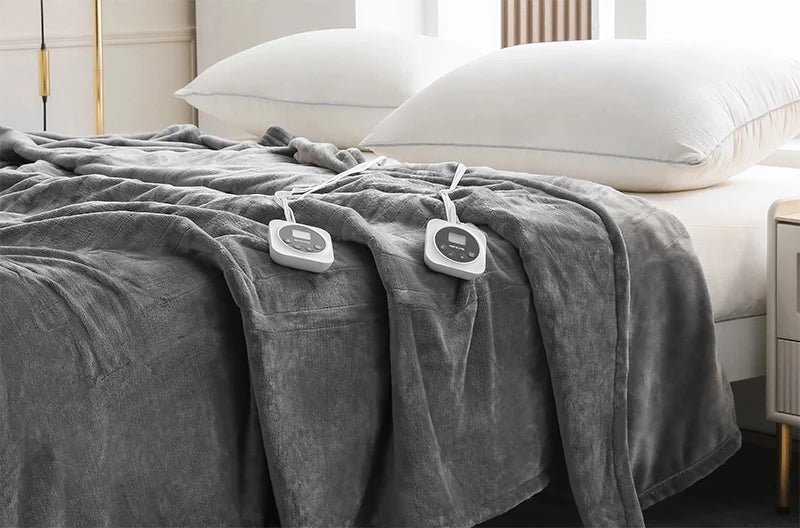
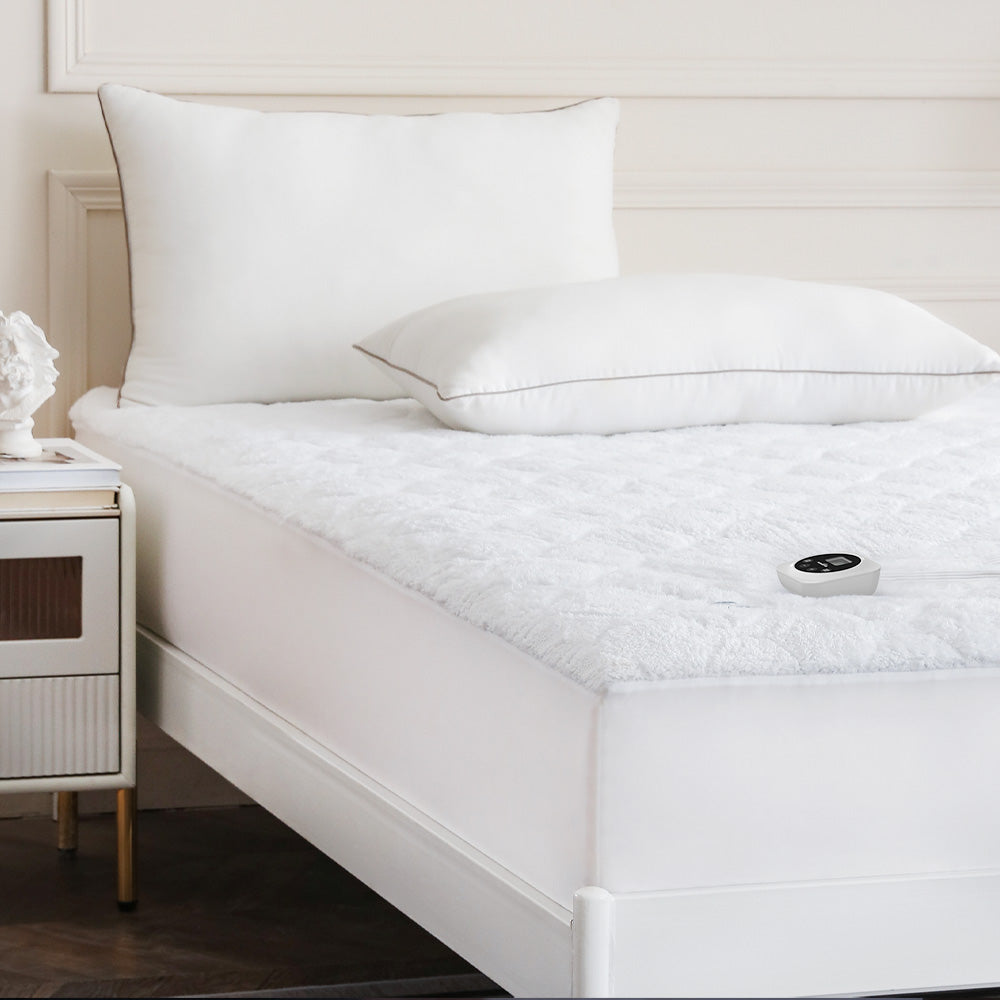
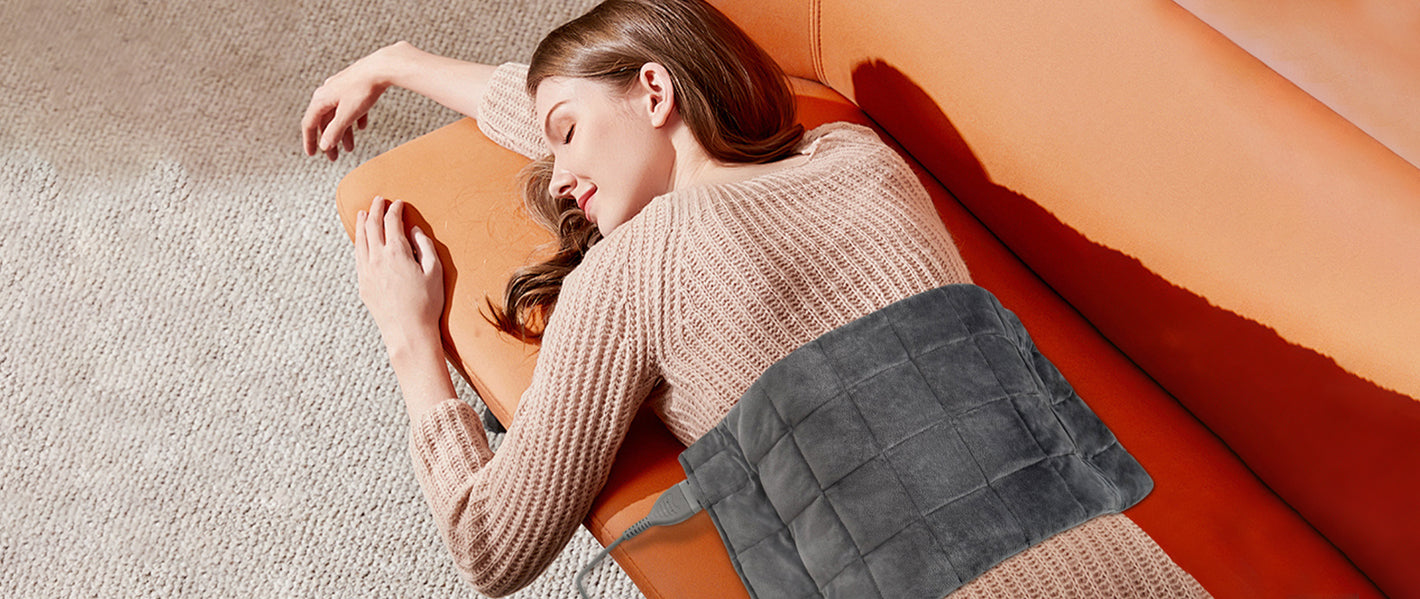
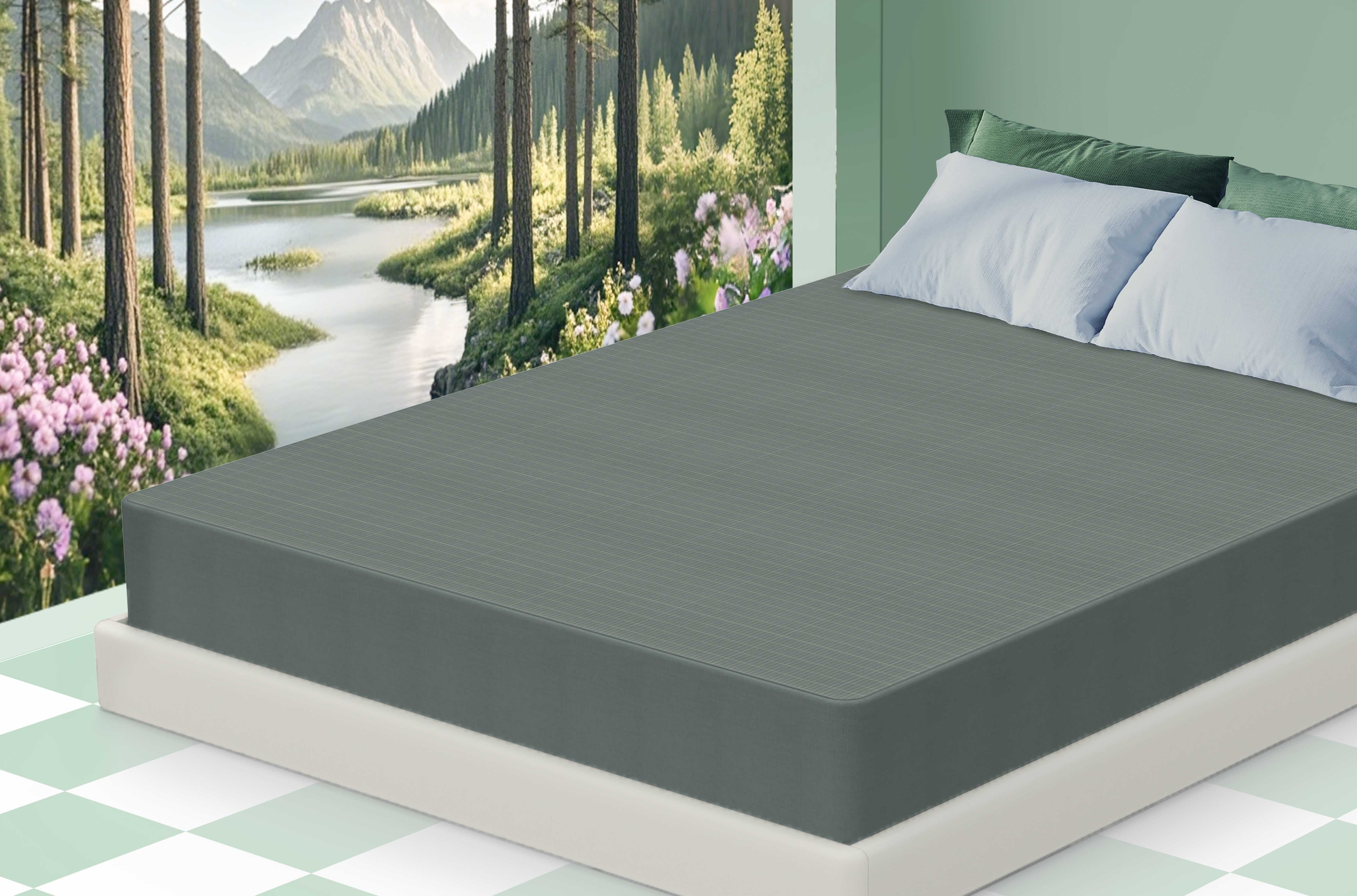

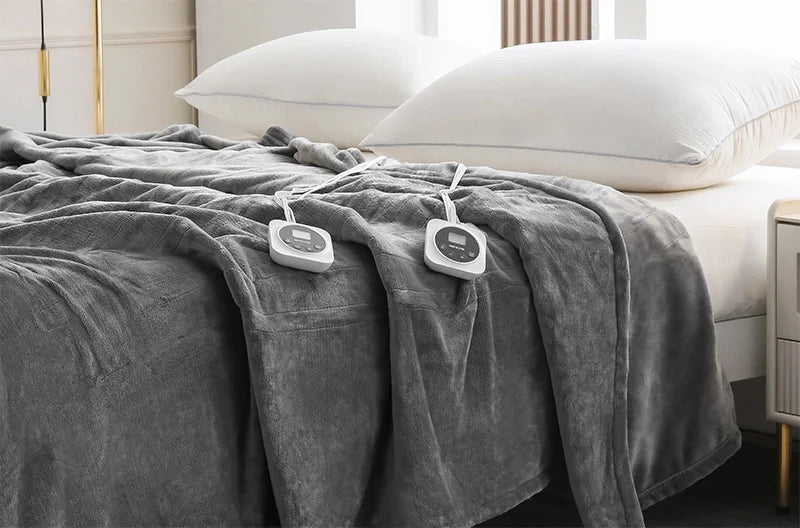
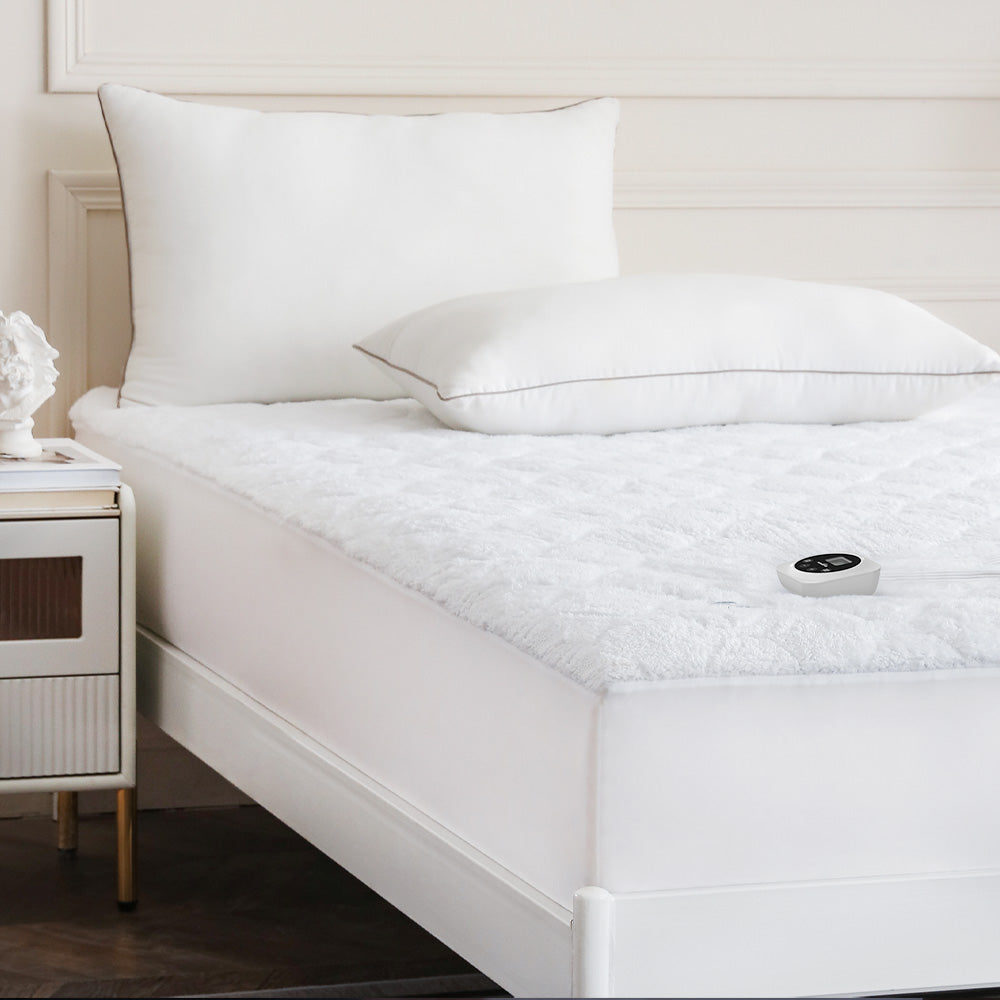
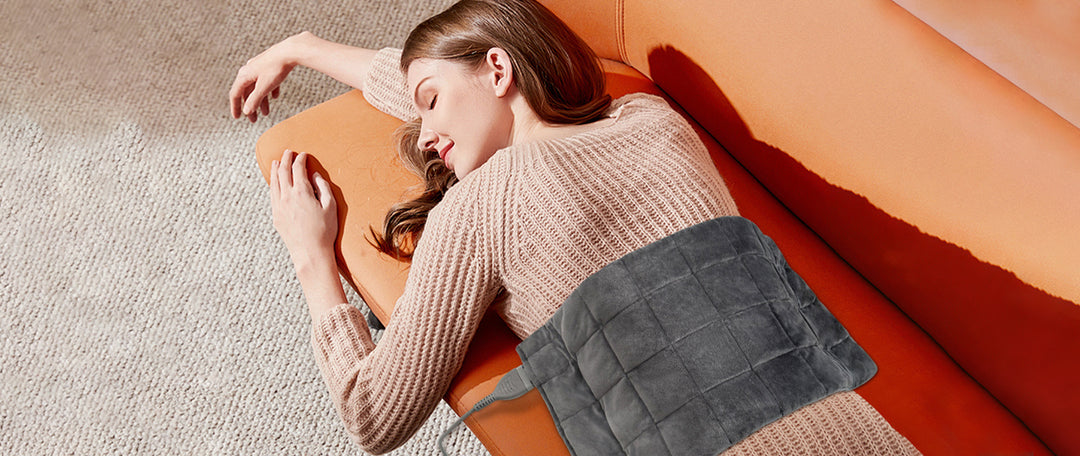
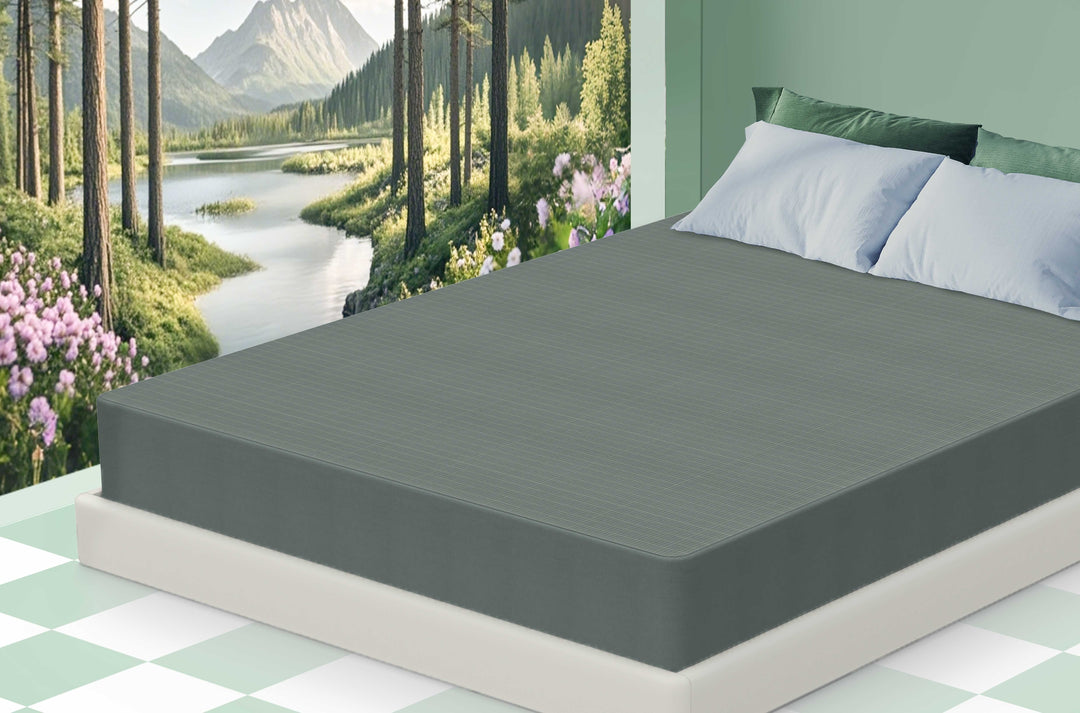



Leave a comment